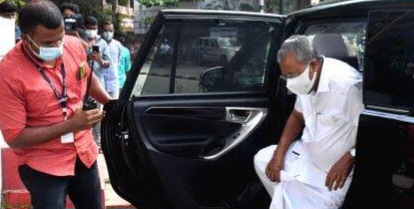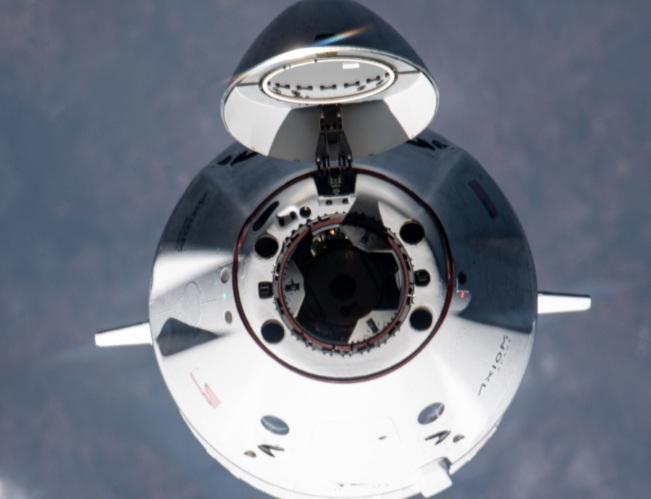Kochi: India created history by landing on the South pole of the moon under Chandrayaan-3 mission on Wednesday evening.
A similar mission by Russia’s Luna-25 failed a few days back.
Chandrayaan-3 was launched from the Satish Dhawan Space Centre in Andhra Pradesh’s Sriharikota on July 14.
Landing module Vikram, named after father of the Indian space programme Vikram Sarabhai, separated from the propulsion module on Thursday.
Chandrayaan-3 is the third and latest lunar exploration mission by India’s ISRO under the moon mission.
The propulsion module consists of a lander Vikram and a rover Pragyan. Its propulsion module, which is acting like an orbiter, carried the lander and rover until the spacecraft was in a 100-kilometre lunar orbit.
The previous Chandrayaan-2 crash landed on the moon due to a computer glitch after entering lunar orbit. Chandrayaan-3 was launched on July 14 this year.
The ISRO has a contract with the European Space Agency in getting its support.
The objectives of the Chandrayaan-3 mission is observing and demonstrating the rover’s loitering capabilities on the Moon, In-site observation and conducting experiments on the materials available on the lunar surface to better understand composition of the Moon.
The final 15 minutes rough braking phase was terror for soft landing at South pole where the temperature is minus 230 degrees.
Here is the manouvrring to transfer its high-speed horizontal position to a vertical one to facilitate a gentle descent on the surface.
The Rough Braking phase included reducing the lander’s horizontal velocity from a range of 6000 kms per hour at a height of 30 km from the lunar surface, to almost zero for a soft landing at the designated site with precision.
At a height of 7.42 km from the surface, the lander went into an “attitude hold phase” lasting around 10 seconds, during which it tilted from a horizontal to a vertical position while covering a distance of 3.48 km. The phase lasted last around 175 seconds, during which the lander will move fully into a vertical position






















